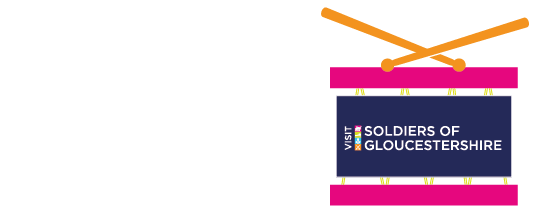
THE LATEST NEWS FROM SOLDIERS OF GLOUCESTERSHIRE MUSEUM
SPECIAL EDITION BULLETIN
Le Peckel Event
On the 24th and 25th May, our Director, along with Lieutenant Colonel Rob Dixon, visited Le Peckel, a small village just outside Cassel. Here lies a blockhouse in which a small handful of Glosters guarded a key road towards the Dunkirk beaches for four days. Their sacrifice played a major role in allowing over 300,000 British and French troops to escape from the beaches and fight another day. Those that survived the ordeal would eventually spend the rest of the war in captivity.
Through major investment from the Flanders Tourist Board, the blockhouse has been brought back to life. The small museum can be visited on Saturdays and you can learn more about the heroic last stand of these Glosters. There is ample information as well as state of the art Virtual Reality headsets, which really bring the story to life.
The museum will be organising a tour to Cassel, Ledringhem and of course visiting the Blockhouse next year. We shall follow the paths of both 2nd and 5th Battalion of the Gloucestershire Regiment as they held back the German Blitzkrieg. If you are interested in finding out more information please contact the museum at the email below:
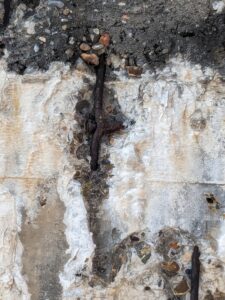
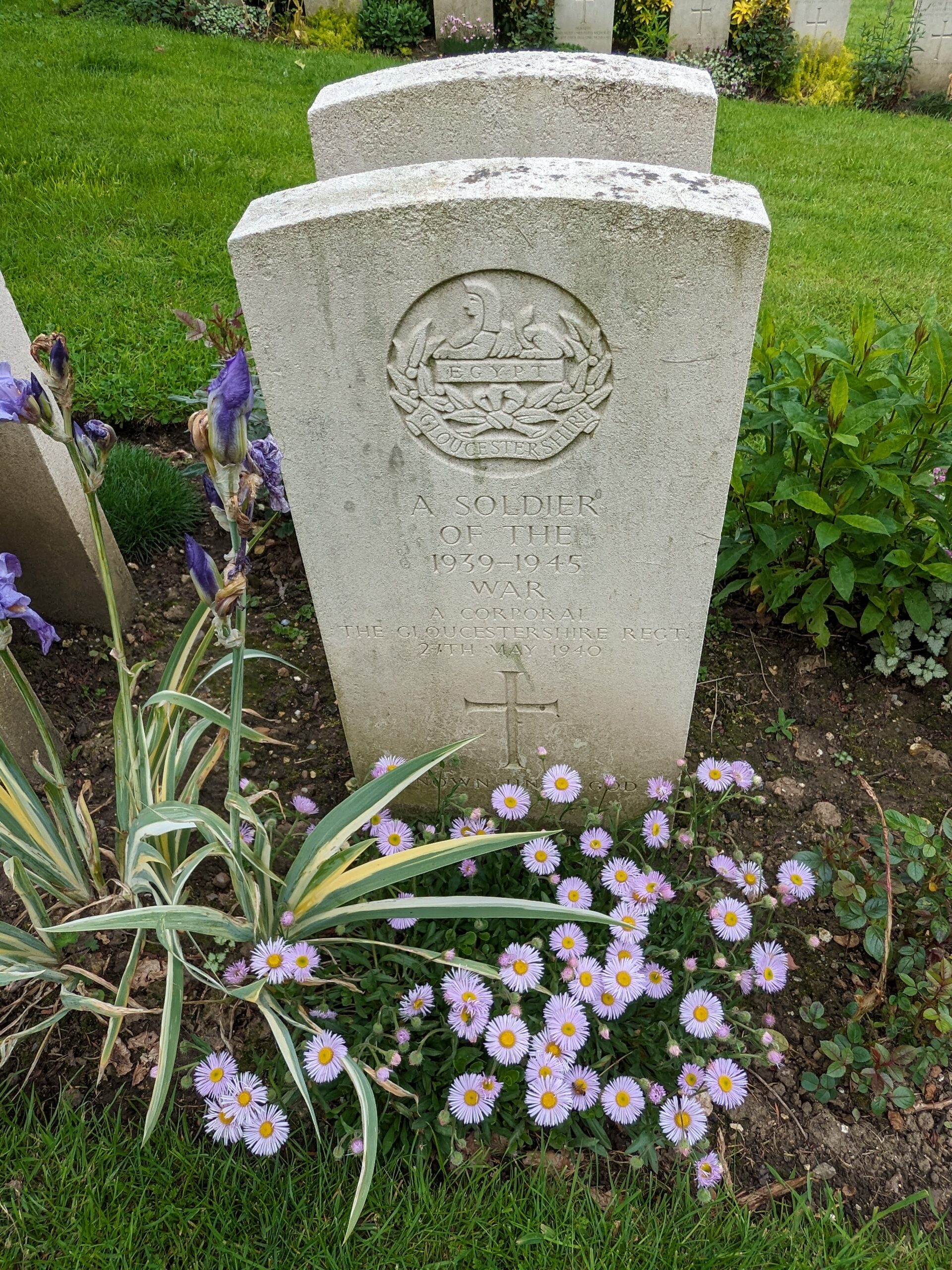
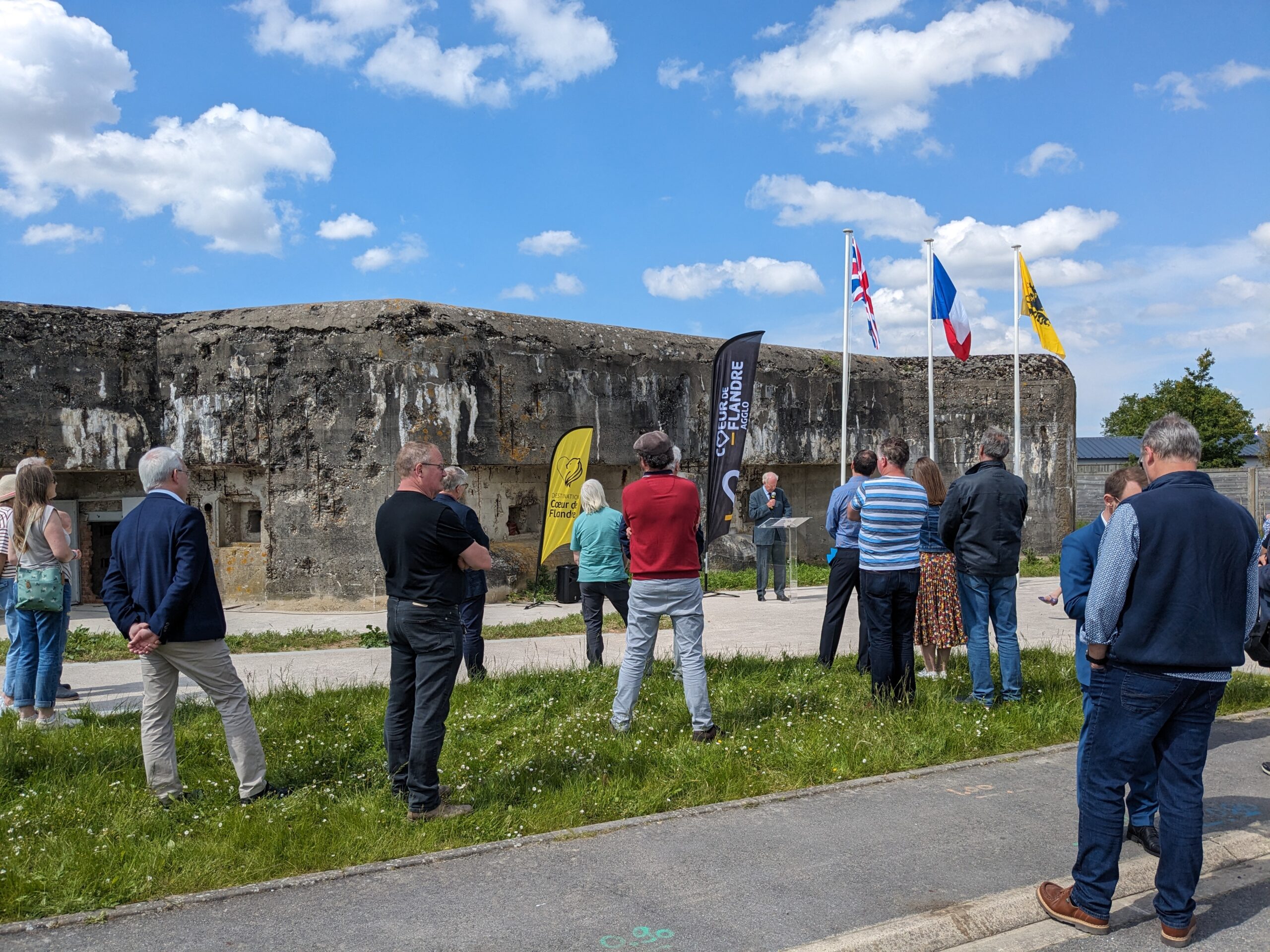
D-Day Exhibition
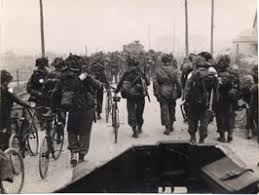
Opening on Saturday 1st June, the museum will have a special exhibition for D-Day. Eighty years ago over 150,000 troops landed in Normandy to free Europe from Nazi domination. Amongst them were many men from Gloucestershire, including 2nd Battalion of the Gloucestershire Regiment.
The exhibition will tell the wider story of the operations from planning to the airborne invasion and beyond. We also highlight the personal stories of those from our county who took part in D-Day including:
- Sergeant Gilbert Brain who was awarded a Military Medal for his actions at Le Havre.
- Major Robin Dunn whose actions in holding back a Panzer Regiment north of Caen saw him awarded the Military Cross.
- Major Peter Clifford who operated one of the infamous ‘flail tanks’ clearing the beaches of mines so that the infantry could be safely landed.
The exhibition has been designed so that it can evolve to cover many of the major anniversaries coming up on the next year including Arnhem, Burma and VE Day. The experience is free with paid museum entry.
Two Glosters who died at the Battle of the Imjin River have been identified in unmarked military graves in South Korea
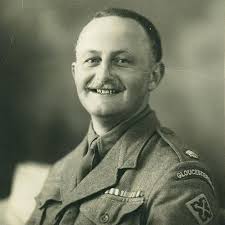

Maj Patrick Angier and Sgt Donald Northey were among those killed when men from the Gloucestershire Regiment fought a last stand on Hill 235 (Gloster Hill) during the Korean War.
The men had been thought left on the battlefield until Nicola Nash, a Commemorations Case Worker at the Joint Casualty and Compassionate Centre in Gloucester, decided to look into records surrounding the graves. Nicola had no DNA evidence available but used hundreds of documents including maps, telegrams, reports and letters; many from the museum, to identify the men.
Those on the hill were told by the regiment’s commanding officer, Lt Col Carne, to hold it at all costs. Major Angier, who was 30 when he died on the 23 April, is reported to have replied:
"Don’t worry about us, sir. We’ll be alright."
Maj Angier was buried in a field grave and his body was recovered several weeks later and eventually interned in the UN Memorial Cemetery in Busan. The identities of about 70 other British soldiers buried there remain unknown.
In November, the families of Maj Angier and Sgt Northey will be in Busan for a special rededication service where the soldiers, along with two others identified from the Royal Ulster Rifles, will receive new named headstones to mark their final resting place.
Click on the button below to download this special edition bulletin

